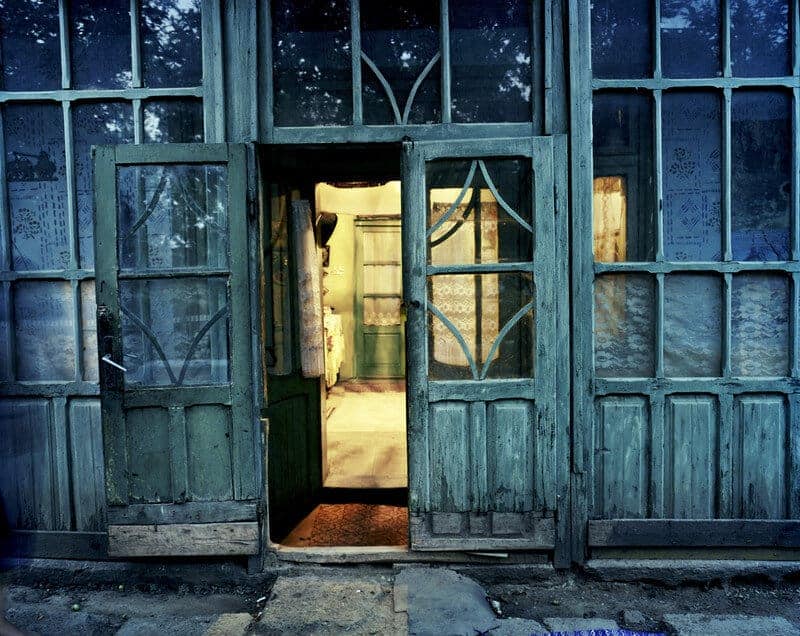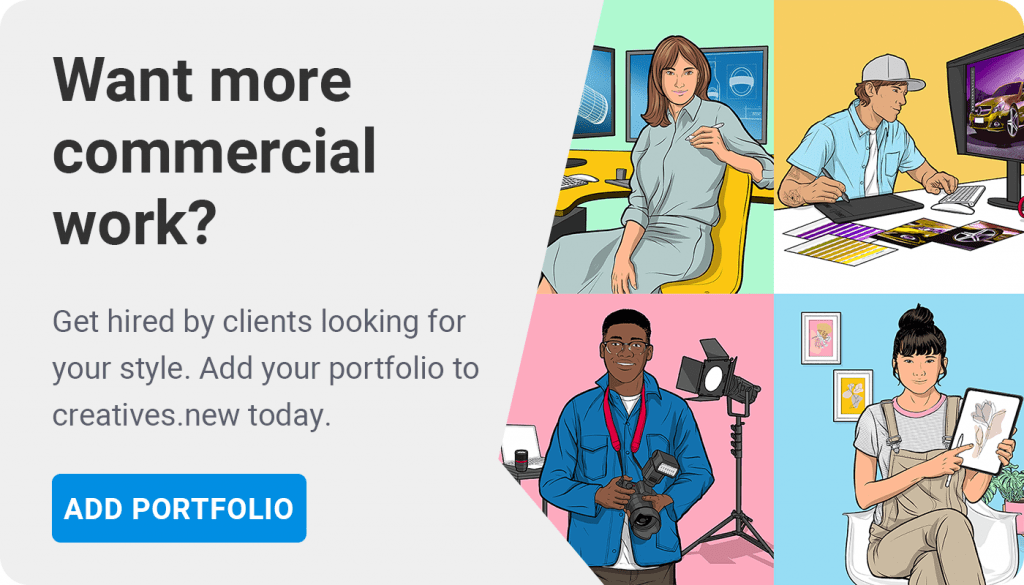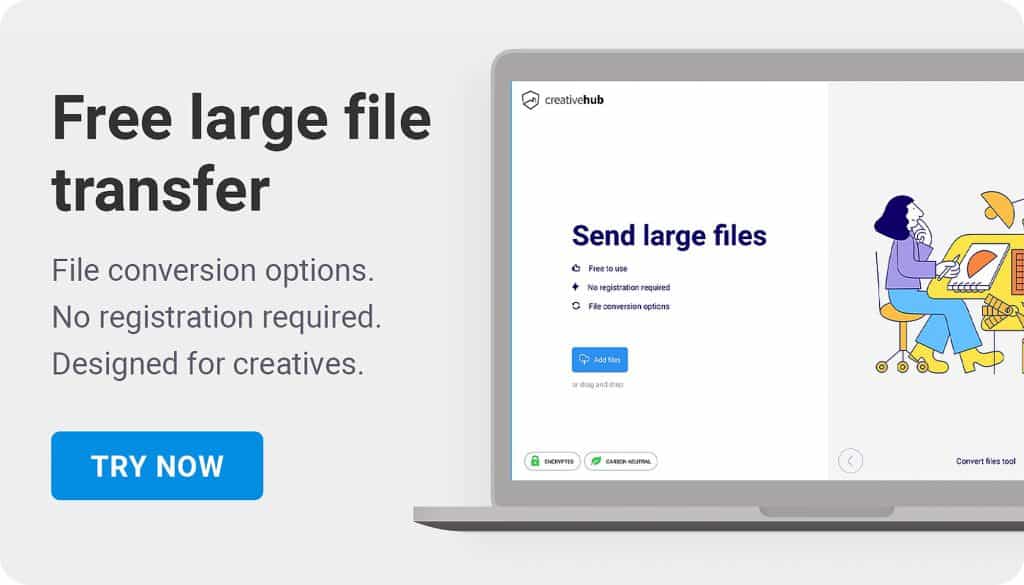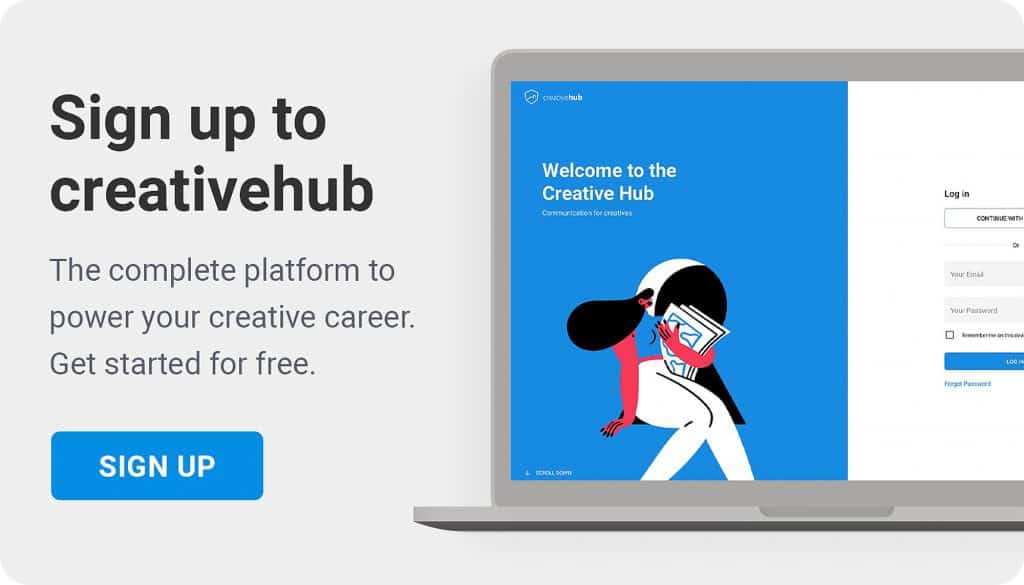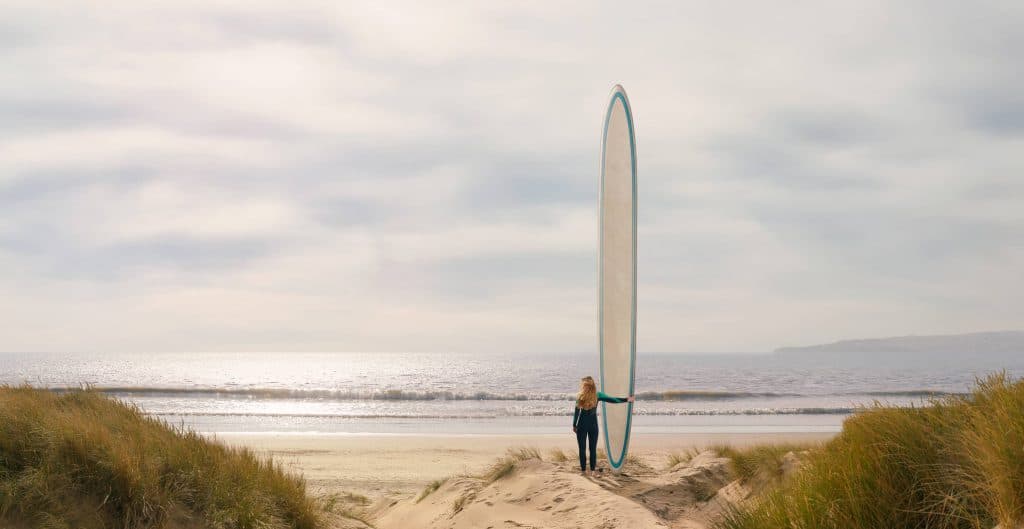
Should creatives ever work for free? Creativehub CEO Stuart Waplington caught up with Matt Shonfeld, the Executive Director of INSTITUTE, the legendary artist management and story distribution agency to talk about how he approaches commercial jobs with his clients and artists. In this frank discussion, Matt discusses a vast array of essential topics from pricing up jobs and working on briefs, to working for free and how the industry could be improved.
What makes a good brief and what things do you think are often missing from briefs?
I look at a hell of a lot of briefs. They will very often call out a specific artist so I don’t get too many where it’s like “here’s the brief, who do you suggest?”. I usually get a deck of twenty to thirty pages of what the client is looking for and some visuals. Very often the visuals, to be honest, are images made by the specific artist that I’m working with, where they’ve gone to the artist’s website or portfolio and dragged and dropped some images into their deck.
The brief, from my perspective, needs to specifically tell me what the deliverables are and what the usage is so we can then go back and figure out whether this a suitable job for the particular artist. I don’t like it if they are vague about the usage because that’s an enormous thing. If someone says “it’s for advertising”, that could be a lot of different things. People sometimes like to bid on a job with an all-in package price. However, when I’m bidding on a job I like to split the fee and the usages separately, because very often the usage in the brief could be for six months or a year, but it could also be for three years.
Very often if it’s a big job I will bring in an outside producer and then ask the producer to look through the brief. They may have some additional questions that I as an agent haven’t thought about because I’m not thinking about it specifically in the creative sense whereas they (and the photographer) will be. I am looking at it purely from a budget perspective. My questions will usually be about usage, numbers of days and working out the terms, I will then hand over the creative side to the photographer and the producer.
Those reference images in the deck that you mentioned, do you find it helpful for them to be explained and even maybe annotated as it’s not going to be a direct comparison? Would you expect something like that or do you think it’s overkill?
Sometimes it’s very obvious, for example, if the brief was to hire a portrait photographer and they love a specific aesthetic that they had originally seen in editorial for example. Then, and in an ideal world, the art buyer may look at the photographer’s portfolio on the Institute site and make a decision on what they are reviewing. Then they take screengrabs, put them into the brief and say that they essentially want to replicate this aesthetic with the particular people they want you to photograph. In a situation like that, there’s no need to annotate or add any other colour or language to it.
However, maybe the photographer has a couple of different styles; one could be very studioesque and the other very environmental. If we have both styles in the deck then I need to know which one it is we’re focussing on, so in that case, if there was no annotation, I would go back to the client and ask which style is it that you prefer, or maybe it’s something in between the two styles that they’re after. Before the job actually happens, there’s going to be lots of conversations; I’d bring in the photographer, the client or art director, and myself. I would be pretty quiet on the call and the direction would be very much between the client and the artist but I want to know what’s going on and the details.
“I say to photographers all the time that you have to create your own aesthetic, you want to be known for a particular style.”
When a client comes to you with a specific photographer in mind, do you find that they’re going for the name over the style and the style doesn’t really fit?
Oh absolutely. I’ve had clients asking about still life shoots with a photographer who does a lot of portraiture and you think, well that doesn’t really align.
I say to photographers all the time that you have to create your own aesthetic, you want to be known for a particular style. A jack of all trades is generally a master of none. I like to look at photography and say I can see that that picture was made by Rog & Bee Walker or by Lauren Greenfield. That is why a client will select that specific photographer, it’s because of their style and maybe their professionalism and maybe a little of their brand but certainly the aesthetic is the reason why they get the job. I’m not going to have Joakim Eskildsen who shoots large format film being asked to do a Red Bull fast action ski campaign because he can’t! [Laughs]
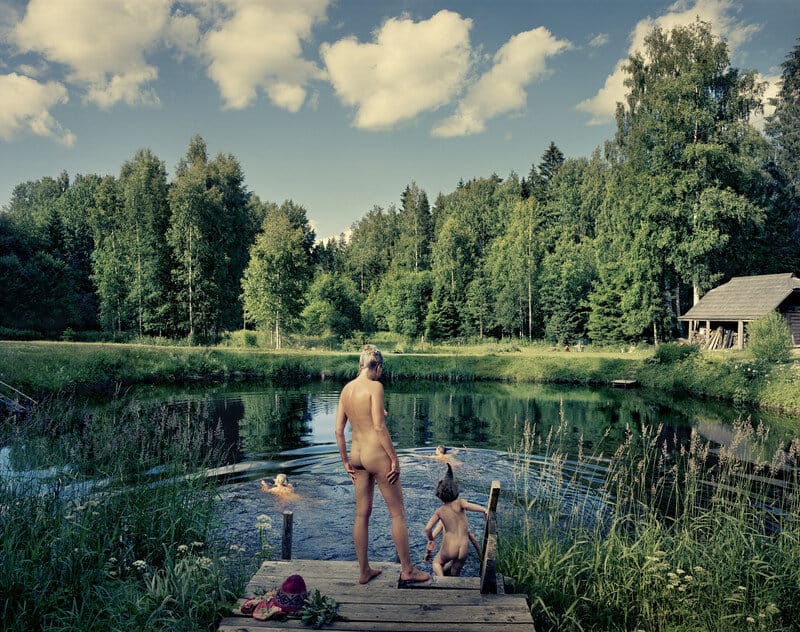
In terms of the brief, obviously it’s a lot of work for you to go off and put a production budget together, do you have an initial conversation just to know that the client is in the right ballpark?
Always! You can waste an awful lot of time and I like to lay some foundations down very early on in terms of day rates, usage rates, and expectations. I want to manage expectations so that I’m not wasting their time and they’re not wasting mine. So if I hear numbers that I know won’t work then it’s actually a very good thing because then we can nip it in the bud and I don’t need to even engage the photographer because I know it’s never going to work.
I’ve had a situation before where I’ve looked at the brief, looked at the usage and I’ve thrown a ballpark number without even having to delve into the production and very quickly you can get a “Well that’s insane” or “That’s never going to work for us”, which is fine! I’d rather we had that conversation nice and early, we know where we stand and we haven’t wasted anyone’s time.
“I don’t believe that you should do anything without being compensated, it just goes against the grain.”
There’s quite often the dangling of the carrot “If you do this job for X, there’ll be lots more in the future”. Where do you stand on that? Do you think that photographers should do something initially at a lower rate or should they stick to their guns?
I’d say on a weekly basis, my artists receive emails about letting a particular client use their work and they’ll often mention that it’ll be great for them and their future. I can imagine that photographers starting out might think that it’s exciting, there’s an opportunity of presenting work, maybe they’re on Instagram and they receive a message from a magazine in a foreign country that says “we can introduce your work”, but the problem is with that is if you start doing things without being compensated, from my perspective, you’re assisting in the demise of the business that you’re entering into. I don’t believe that you should do anything without being compensated, it just goes against the grain.
Obviously, I’m an agent and so my business is about generating money and my mandate for my artists is to take their career to the next level so doing something where you’re inappropriately paid is never going to sit right with me. Over the years I have seen a very significant number of photographers go down that route of working for free or very little money because they have an expectation that it’s going to give them something in the future. The problem is though that it seldom does, and what generally happens is they don’t go up the rung of the ladder and they stay earning very little money and end up hanging up their cameras or getting a job outside of the industry.
If someone alludes to the fact that by doing something they might be able to give you several jobs across the year, I say, “let’s put that in writing”. If someone says to me “ we can do 25 jobs at 10k per job” I would say that’s fine, let’s commit to that and I can guarantee you they won’t.
“I think when you’re building a portfolio you want to show the strengths and you want to show the work you want to be hired to make. There’s no point in showing great pictures in your portfolio but you don’t like making that sort of work.”
How would you advise putting together a portfolio? A portfolio by someone like Sasha Maslov shows a range in it which is not necessarily what a lot of photographers would want to do and think that they should maybe be more branded in their approach. But if you take Nick Meek, for example, you can look at a photograph and tell that it’s by Nick Meek instantly. Should you have a range in your portfolio or should you go down a much more focussed route of what it looks like and the style is evident and consistent throughout the portfolio?
I think when you’re building a portfolio you want to show the strengths and you want to show the work you want to be hired to make. There’s no point in showing great pictures in your portfolio but you don’t like making that sort of work. I’d say to a photographer building a portfolio, engage with someone, either an art director or photo editor, someone they like working with and ask them to help with the editing. I’ve seen that very often work well. But ultimately, it’s your shop window and you want to showcase the best work. I always say less is more, one image can weaken a portfolio, you want to have a portfolio that’s really really strong.
I suppose from the other side it’s the client thinking “what if that one weaker image in the portfolio is the one that we get for our job” it’s a risk.
Yeah, without a doubt!
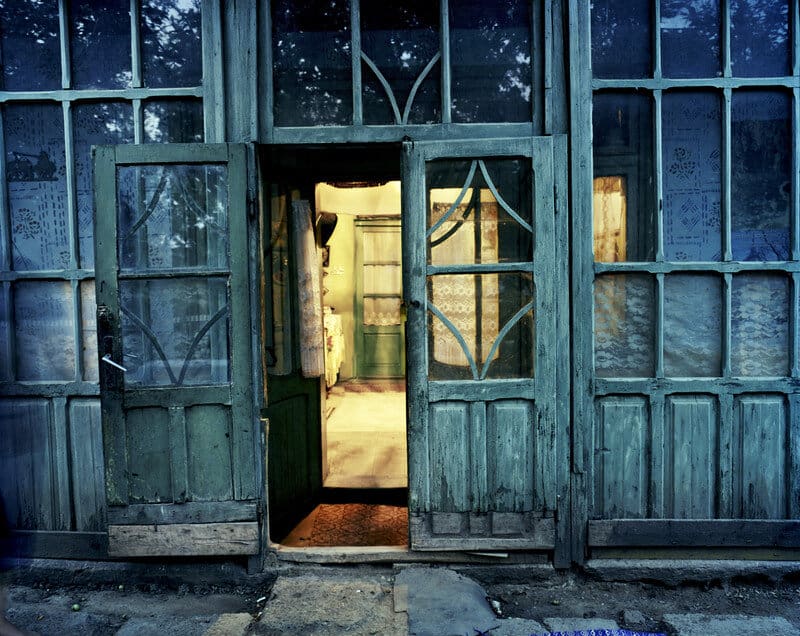
Do you think that it’s important for photographers to have moving image capabilities when they’re producing these stories?
I think obviously there are a lot of photographers who are capable of doing that but I think that it’s very hard to do both very well. With the work that we’re doing, very rarely do we do video and stills at the same time and very often we will direct rather than make the video ourselves because again, I think it’s a different skillset.
Also, you don’t want to weaken your offering by being an amazing photographer and an average filmmaker, or a brilliant filmmaker and an average photographer. There is an increasing demand for motion, particularly with editorials. I’m getting clients asking to do both but for me, that’s an additional usage and an additional budget. Also, remember that they have to align which is quite complicated. To colour grade video to match photography is not that simple and if it doesn’t look exactly the same and its not been directed the same so that it mirrors the style and the aesthetic then don’t do it because it won’t look right.
What’s the most satisfying project commercially that you’ve worked on?
Lauren Greenfield did the “Like a Girl” campaign and I think that that was massively impactful. Lauren is actually a part of the commercial! Initially, Lauren had some ideas about the project but when she actually worked on the commercial she became part of it and the client loved that. It went on to become one of the 8 commercials at the Super Bowl that year and as a result of it, she’s gone on to do a lot more huge production, big-budget commercials. That project won so many awards and was seen millions and millions of times on Youtube. It was just an utterly brilliant commercial.
It’s a bit of a balancing act between the brief being too open and the client not getting the messaging that they want and if it’s too prescribed then they’re not going to get the photographers input and way of representing the message. How do they walk that line and how open should it be?
I think a lot of it is to do with time and money, so if you have a job which is very strict – “this is the job and we want this photographer”, there’s going to be very little of the photographer’s creative input as it’s almost like “we just want your style, the way you shoot, but ultimately this is what’s going to happen; we’re going to bring this talent in, you’re going to shoot it and this is going to be the location”.
What’s much more exciting is when you’ve got time and then you build an idea. When you’re working on a treatment, that’s when the photographer could reference ideas and then place some concepts in front of the client that hopefully they’ll be receptive to and there’ll be one that the client will go for. I think there always has to be a little bit of openness and there has to be a bit of compromise between the brief and the artist and what they want to do because otherwise if it’s too closed off, I don’t know why you’d hire that specific photographer. Particularly if it’s a big job, you want them to be putting their stamp on it.
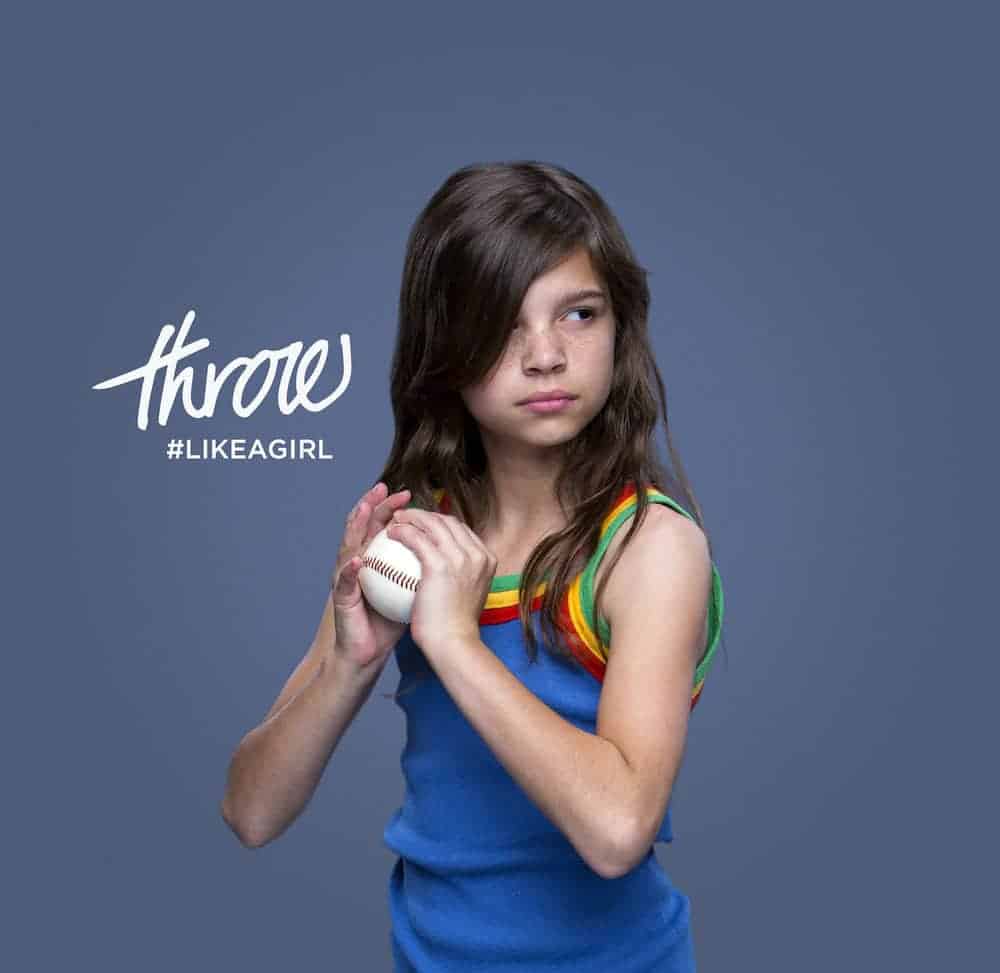
I suppose that’s because you’ve got the creative development time of the photographer and so as a brand, you have to be more patient to let that happen.
Yeah definitely, some of these jobs may have 30-40 people on set and could last for 2 or 3 weeks, so it’s got to be meticulously planned in terms of production but in terms of creativity, it’s got to be flexible. It’s a bit like a play where the script can be adapted and you can improvise a little bit and hopefully you’ve got a client and art director who will be open to that.
In terms of the creative development period which will happen well before production, should they be paid for that and what about the classic situation where they say they don’t want to go ahead with you and a few months down the line you see the same idea out there?
It happens. To be honest with you, we generally don’t get paid for the bidding – if we don’t get the job we don’t get any money. My God, I wish I could charge for the prospecting and bidding out and all the calls. Sometimes I travel to go and see clients to talk about jobs and if you don’t win the job you’ve lost money!
I don’t generally do treatments until the job’s been awarded as they cost me around £3000 and it would be money down the drain. We will work with the client and we will build a presentation based on the brief that will hopefully secure the job. But let’s say, for example, that you’ve built an idea, you’ve planted a seed, they love the idea, and then they don’t hire the photographer. You find that that job has gone to someone else but they’ve used your idea, that’s extremely frustrating. With us, if they want to use that idea with somebody else, they would have to pay Institute for the idea. I put language at the bottom of my briefs to say “This is a concept that we’re looking to have assigned. If you choose not to assign, you can’t use the concept”.
“Visual storytelling is a buzzword now and I think people want to feel that anyone can be a part of the story”
One of the things that interesting about Institute, if you go back 10-15 years most commercial photographic agents, the portfolios you would see would be less narrative-driven and Institute comes from that narrative-driven DNA. Do you think that’s becoming more popular to use that narrative-driven stuff in commercial work?
One hundred percent! Visual storytelling is a buzzword now and I think people want to feel that anyone can be a part of the story, so brands love that. I’d say that commercials are less polished than they ever were and they seem more natural. Originally, when Institute was founded by Frank and I nearly 12 years ago, the idea was all about visual storytelling and that was primarily editorial but now we do as much commercial as we do editorial. The commercial work is nearly always because of the story, the idea behind telling a story to sell a service or product.
It might be a reaction to social media and having to put a story out there. Do you think that brands are braver to put out honest stories these days?
Yeah, I do. It’s interesting isn’t it because during the pandemic we’ve seen so many commercial campaigns shot by amateurs or shot with phones and it seems like everybody is thinking that way now. I’ve got two kids and they probably think that an advert is always a story.
I think that Nike’s experience with Colin Kaepernick and similar stories maybe had a big influence because as a result of the boycott Nike campaign their sales went through the roof! It spoke to people who buy Nikes anyway, the people burning the trainers probably didn’t buy Nikes in the first place. There’s bravery associated with that isn’t there.
Yeah, there is and I think that a lot of art buyers that I talk to are doing more and more exciting things than ever before and because of things like digital photography and drones you can make amazing adverts now. People are even using AR and VR. I think that advertising has never had a better opportunity to look like it should be telling a story.
Because of social media, we have a shorter attention span because we’re so used to things happening quickly. People are spending a lot of money on advertising on services like Instagram which is sort of insane when you think about it because you’re spending most of your advertising budget on a platform on a tiny handheld device and not a billboard anymore. Instagram building the stories feature into the platform is utterly genius. You look at adverts now and you’ve got 5 seconds to tell me what the story is about or what I’m buying. I remember years ago when I was in my 20s and 30s, sometimes the advert would be so subtle you’d almost be like “what the hell is this about” until the very end. Now they cant get away with that, it needs to be almost instantaneous, that’s what it’s about. It’s less subtle but at the same time, you can be so creative. The whole business of commercial advert making has had to evolve.
